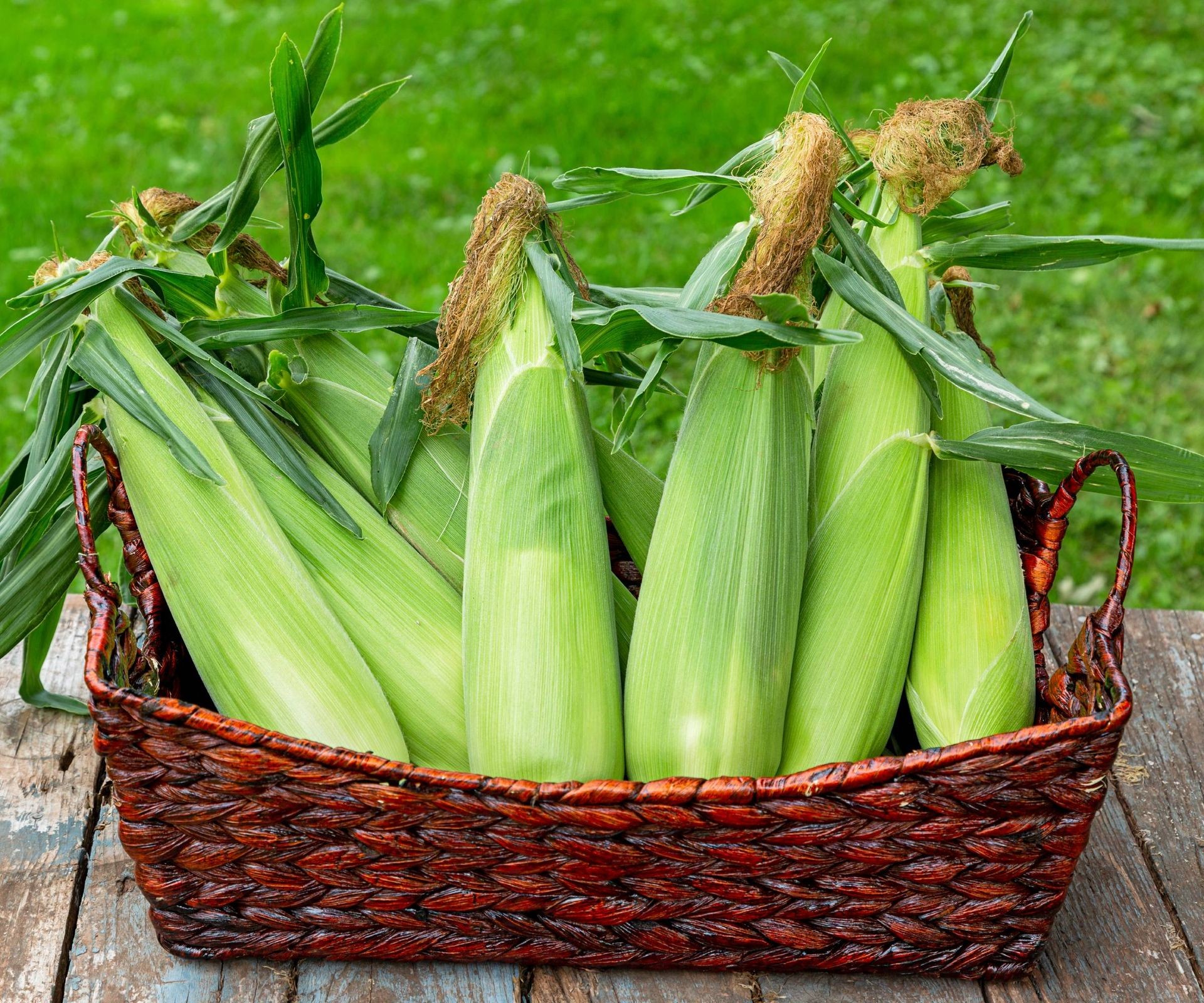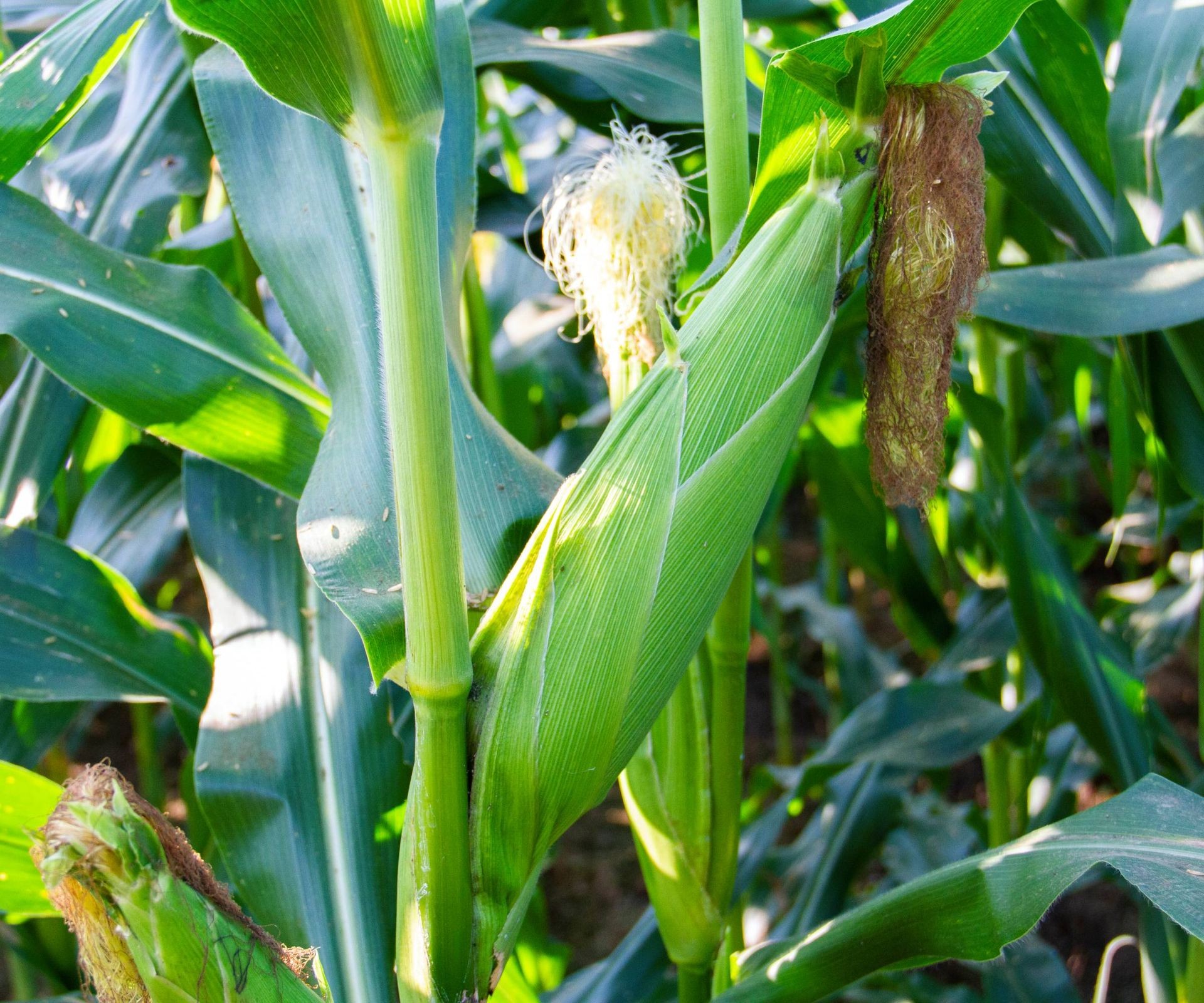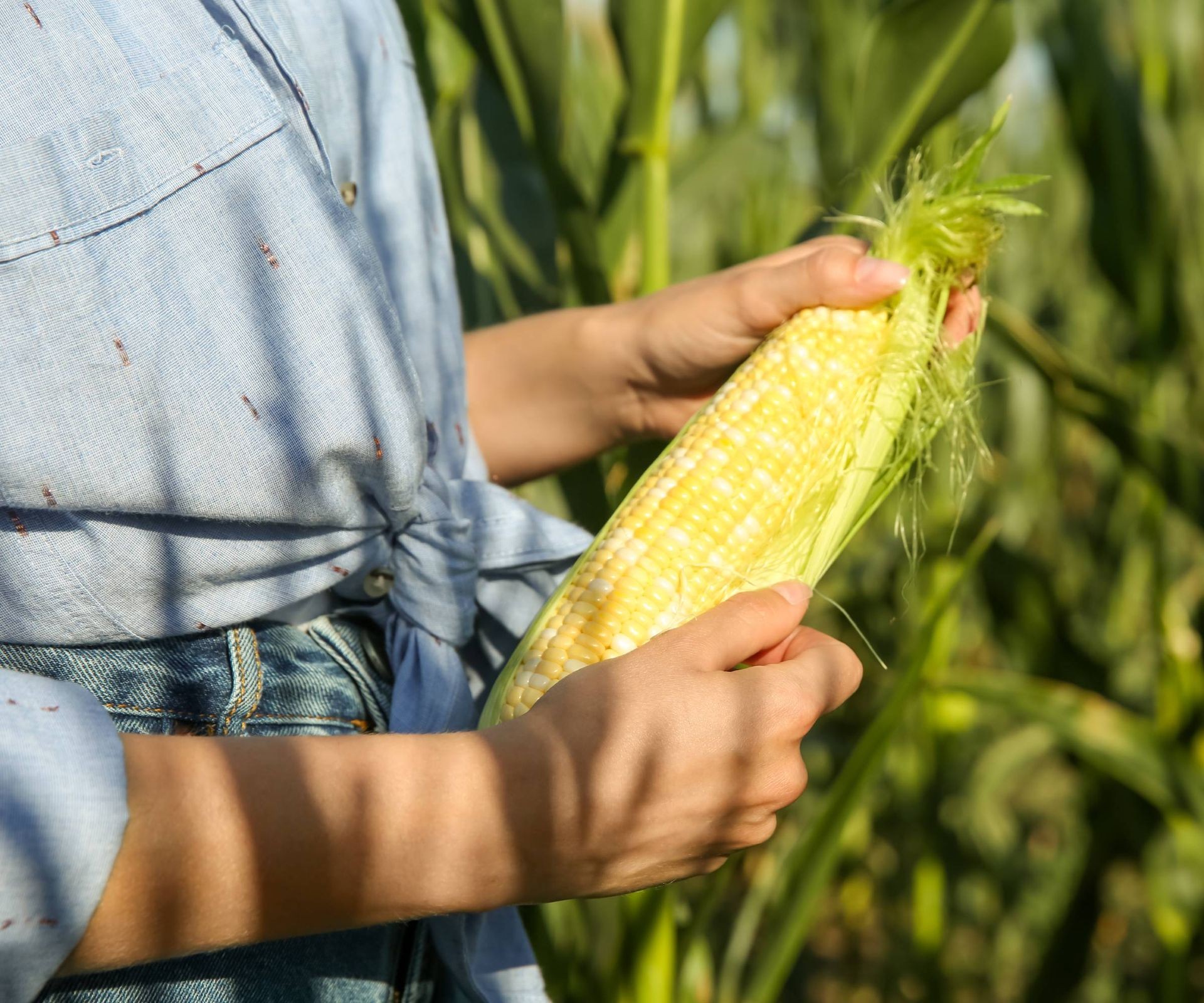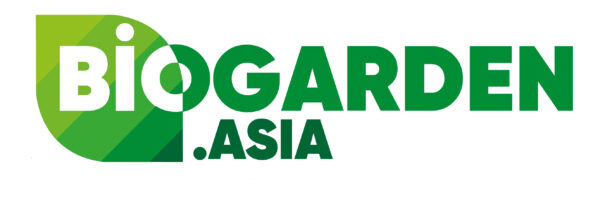No products in the cart.
NEWS
When to Harvest Sweet Corn for Peak Flavor
Achieving sweet, juicy corn straight from your garden is incredibly rewarding. But how do you know exactly when to harvest those ears? Picking at the right time is crucial for maximizing flavor and kernel development. Too early, and they’re bland; too late, and they’re tough. Knowing when to harvest corn is the secret to enjoying perfect ears every single time you step into your garden.
Signs Your Sweet Corn is Ready for Harvest
Determining the ideal harvest window for sweet corn relies heavily on careful observation. The most critical stage is known as the “milk stage.” This is when the kernels are plump and filled with a milky white liquid. You can test for this by carefully piercing a kernel with your fingernail; if a milky substance squirts out, your corn is likely ready or very close.
Aside from the kernel test, several visual cues indicate ripeness. Look at the silks emerging from the tip of the ear. When the corn is ready, these silks will have turned brown and dried out at the tip. The ear itself should feel firm and full when gently squeezed through the husk. On average, the milk stage begins about 20 days after the silks first appear, but this can vary based on the specific variety you planted and local growing conditions, especially temperature. Hot weather can significantly speed up maturity.
 Basket of freshly harvested sweet corn ears
Basket of freshly harvested sweet corn ears
The milk stage is brief, typically lasting only about a week. This makes regular checking essential once silks are present. Overly ripe corn kernels become starchy and tough, losing their sweetness. Conversely, if harvested too early, the kernels may have a clear, watery, and almost flavorless juice, and some kernels might not have fully formed. Observing the kernels peeking out from the top of the husk can also help; they should look full and firm.
 Ripe sweet corn ears growing on the stalk in a field
Ripe sweet corn ears growing on the stalk in a field
The Best Time of Day to Harvest Corn
The timing of the day you choose to harvest can impact the quality of your sweet corn. Harvesting in the cooler temperatures of the early morning or evening is highly recommended. The cooler ears retain their sugars better and will cool down more quickly when refrigerated, further preserving their sweetness and flavor. Harvesting during cooler periods is also generally more comfortable for the gardener!
Step-by-Step: How to Harvest Corn Ears
Once you’ve determined your corn is perfectly ripe, it’s time to harvest. You can use a sharp knife or pruners to cut the stalk just below the ear. However, hand-picking is a common and effective method for home gardeners.
To hand-pick, grasp the stalk firmly just below the ear with one hand. With the other hand, grasp the ear itself. Pull the ear downwards with a decisive motion, and simultaneously twist it. This action should snap the ear cleanly off the stalk. A crucial tip is to avoid squeezing the ear’s kernels as you twist and pull, as this can bruise or damage them.
Storing Your Freshly Harvested Corn
Sweet corn begins converting its sugars to starch very rapidly after harvesting. For the best flavor, aim to use your corn as soon as possible – ideally within a few hours of picking.
For short-term storage, keep the husks on the ears and store them in the vegetable crisper drawer of your refrigerator. While corn can last 4-8 days in the fridge, understand that it will gradually lose sweetness over this time.
For longer-term preservation, canning or freezing are excellent options. For either method, start by removing the husks and silks completely. If canning, cut the kernels off the cob and follow a tested canning recipe, which typically involves blanching the kernels first. For freezing, you can freeze whole cobs or just the kernels. Whole cobs should be blanched for about 2 minutes, quickly cooled in ice water, dried, wrapped tightly, and frozen. Loose kernels can also be blanched and then frozen spread out on a tray before being transferred to freezer bags.
 Examining fresh sweet corn kernels after removing husk and silk
Examining fresh sweet corn kernels after removing husk and silk
Frequently Asked Questions
What Month Is Corn Typically Harvested?
The harvest month for corn varies greatly depending on the variety planted, when it was planted, and the local climate, particularly the amount of heat and sun received. In many temperate regions, the sweet corn harvest season typically falls between late summer and early autumn, often from August through October.
Can You Harvest Corn Too Early?
Yes, you can harvest corn too early, and doing so will result in less flavorful, less sweet ears. Underripe corn has kernels that are not fully developed, and the juice inside them will be clear and watery rather than milky and sweet. Waiting for the silks to brown and testing the kernels for the milk stage are key indicators to avoid harvesting prematurely.
Mastering the timing for harvesting sweet corn ensures you get those incredibly sweet and juicy ears that make all your gardening efforts worthwhile. Remember to watch the silks, perform the kernel milk test, and feel the ears for firmness. Freshness is paramount, so enjoy your harvest quickly! For all your gardening needs, from high-quality seeds to essential soil amendments, explore the range of products available at Biogarden.asia. Share your sweet corn harvest success stories with us!



